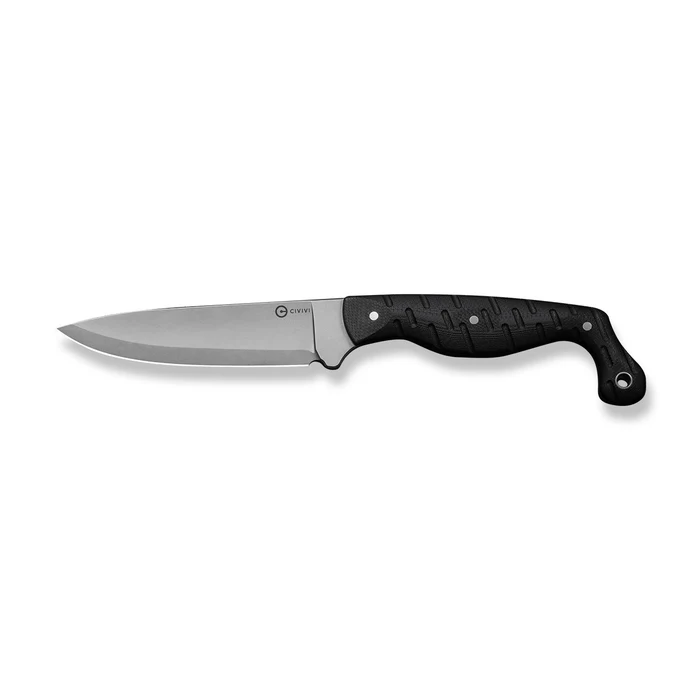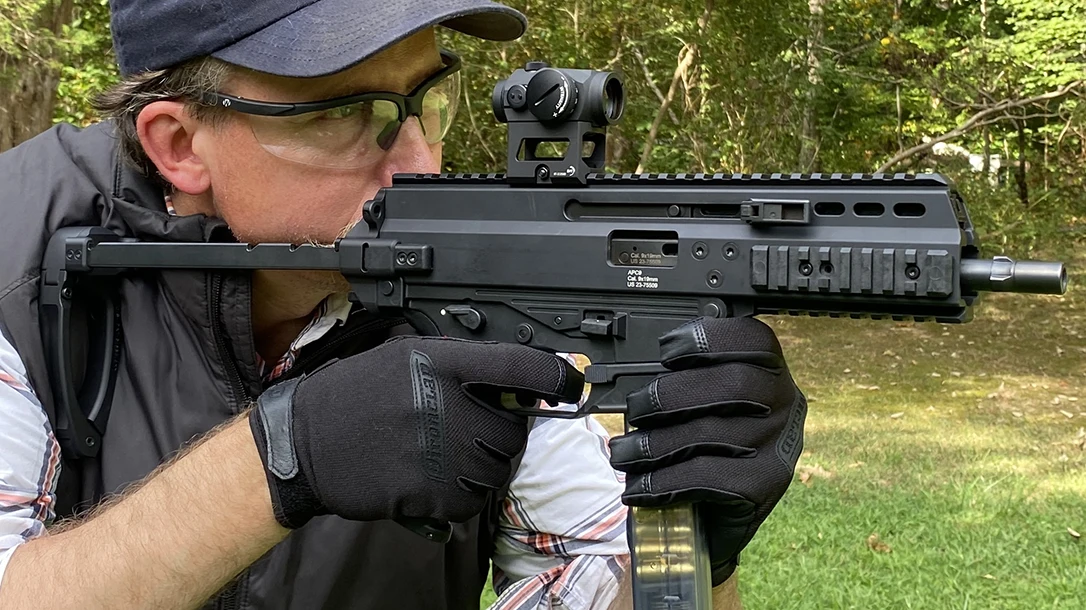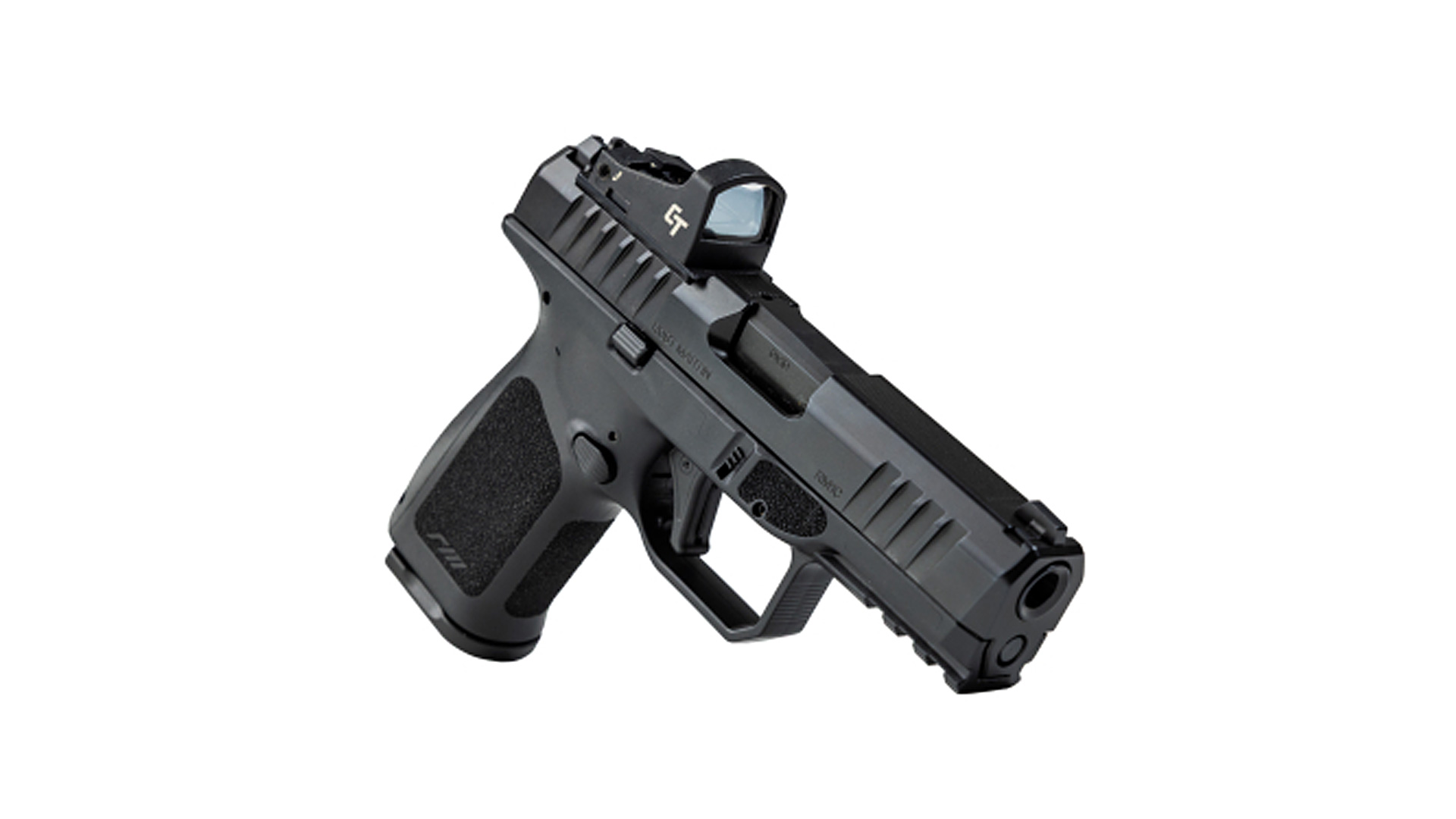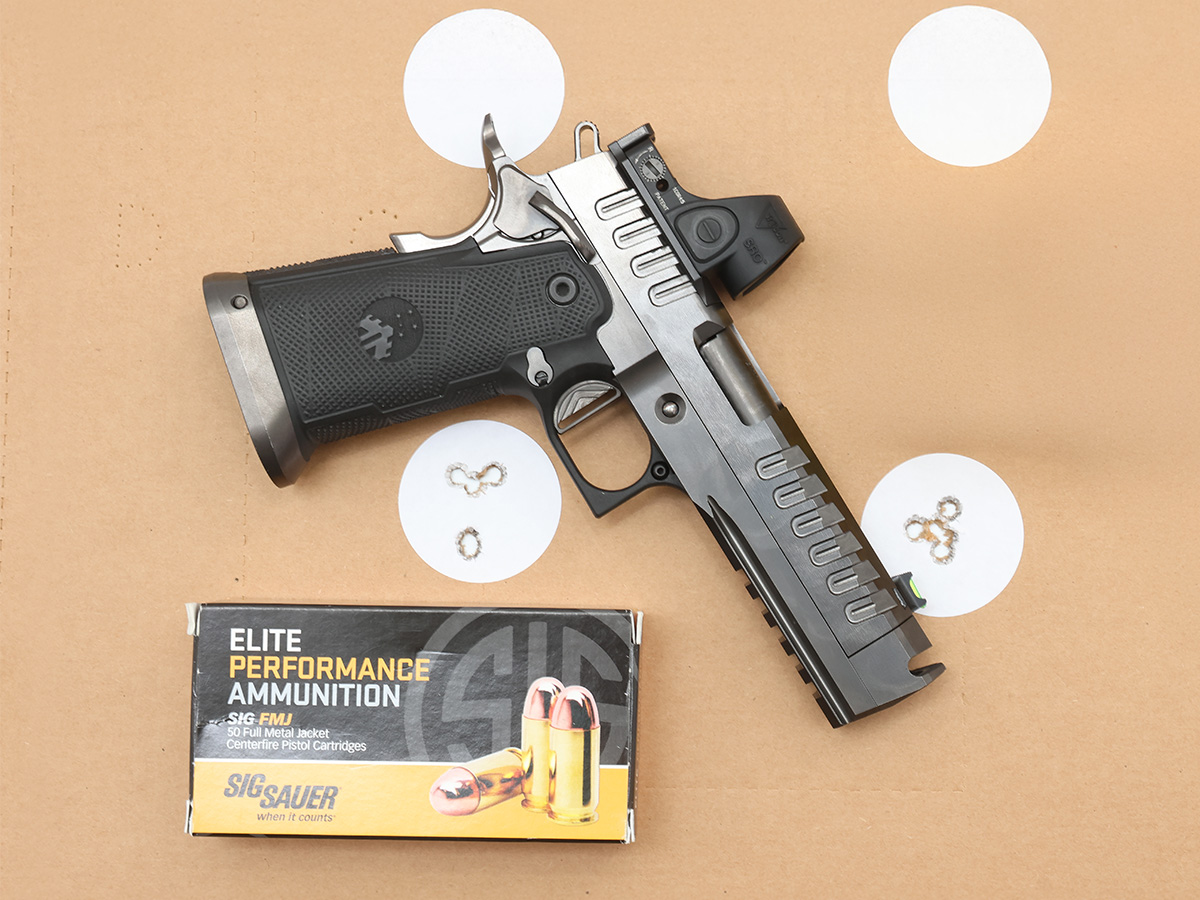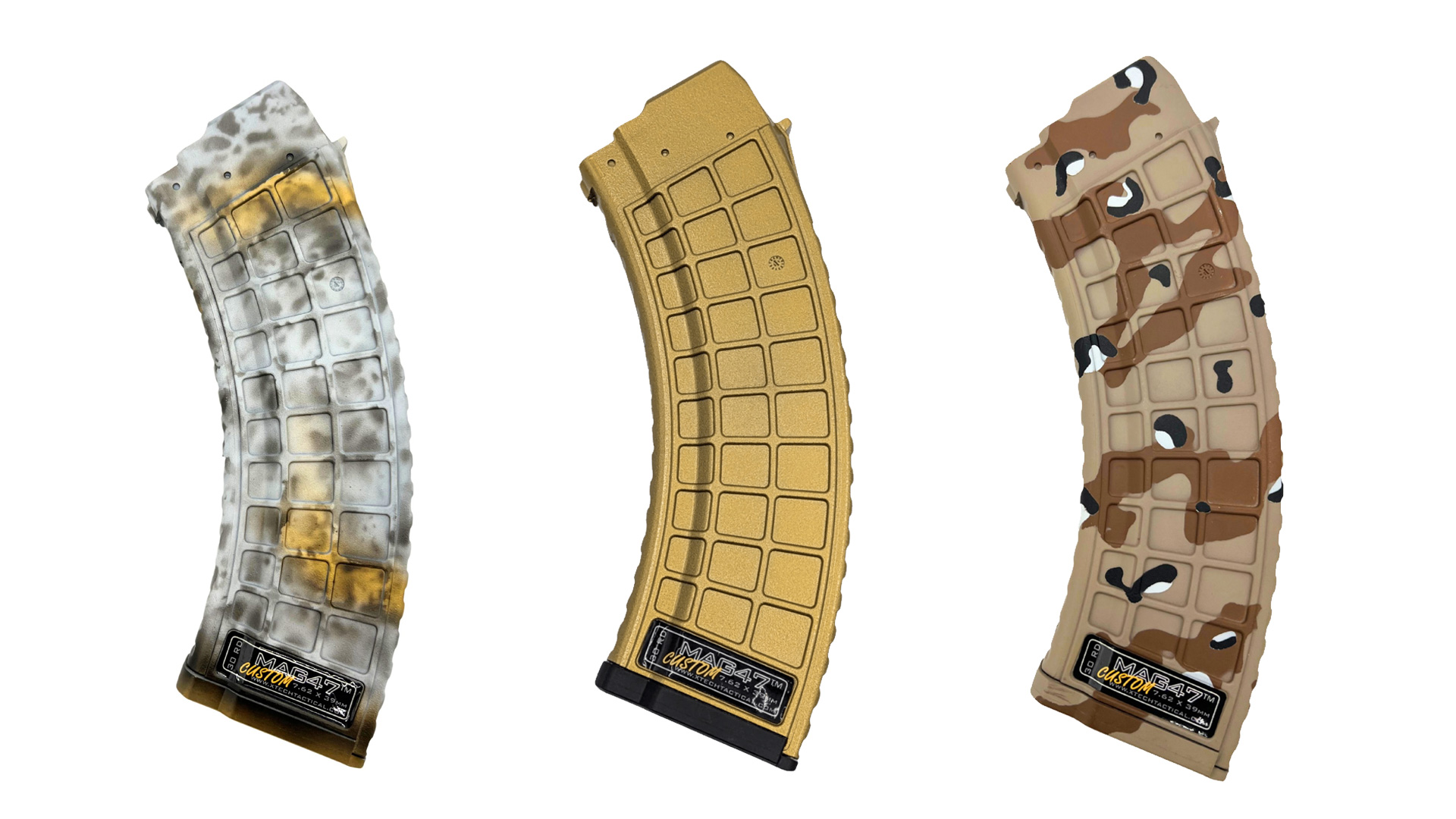The Range Debate
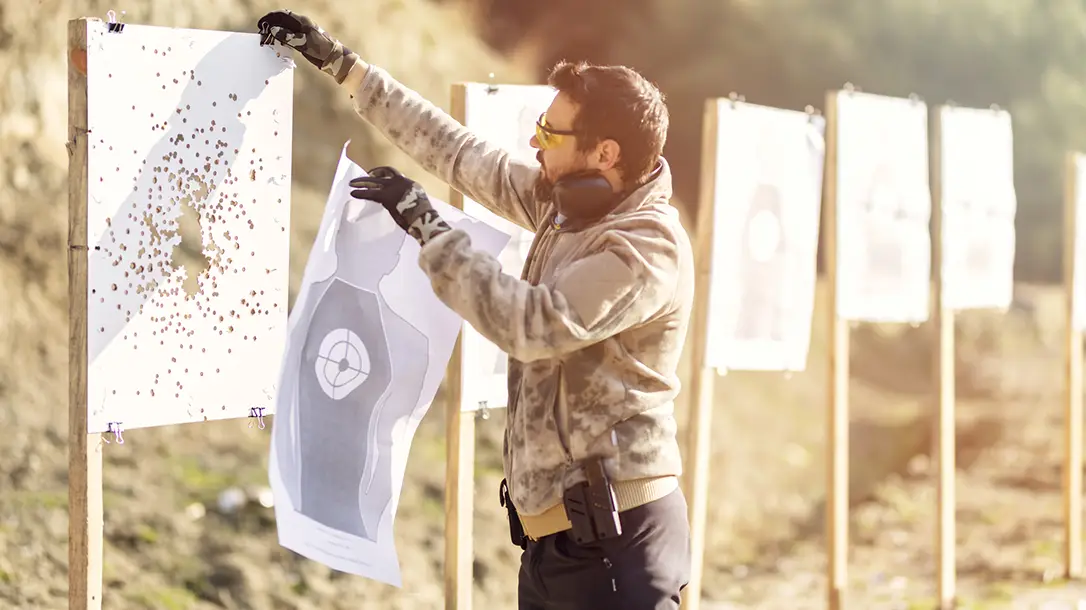
In the eyes of a beginner, firearms can come across as loud, scary, and dangerous. I can attest to this because I used to have the same thought. Once exposed, I found my views on them had changed. Firearms suddenly were not that loud if I was shooting them, nor were they as scary and dangerous as I had presumed. Plus, I learned the importance of safety. As for their ranking on the scary meter, I ask myself the question. “How can something be scary if I am the one controlling it?”
Indoor and Outdoors Ranges Both Have Pros and Cons
The more I familiarized myself with firearms, the less uncomfortable I became around them. The absence of fear opened my eyes to a new understanding. That they are a tool used for sport, hobbies, and personal protection. Shooting firearms has become a form of therapy for me, and I am thankful it is something I have in my life now.
Advertisement — Continue Reading Below
In terms of making a novice shooter comfortable, the environment around you matters. With shooting, you have your options to shoot boiled down to two places. An indoor or outdoor gun range. The goal of comfort comes down to the ultimate question – what type of range is better for a beginner? Welcome to the range debate.
What to Expect
A shooting range is classified as a specialized facility that is designed to shoot firearms in a safe environment. Ranges can be used for several reasons, such as training, practice, and even competitions. Some ranges are overseen by a range safety officer (RSO) who enforces all safety rules and government regulations.
Indoor ranges are in an enclosed environment to get out of the elements. On days when it is stormy, raining, or just not a good day to be outside, an indoor gun range can become your best friend. Yet on the days the sun is shining, and you want to be outside, an outdoor gun range is found…you guessed it, outside. They are typically found in areas that are away from heavily populated areas to control noise.
Advertisement — Continue Reading Below
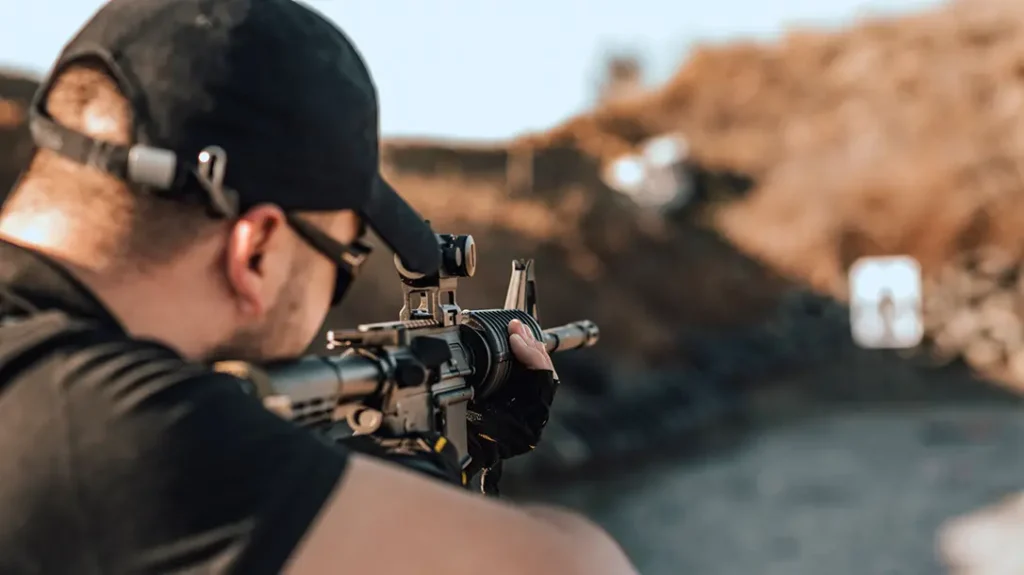
Age Requirements
Typically, anyone older than 18 is allowed to use either indoor or outdoor ranges by themselves, but kids aged 9-17 should be accompanied by an adult. However, it is wise to check with the range safety officer if you are unsure.
Upon entering a range, you may notice you will have to sign a waiver, and some ranges may check your identification. Checking your ID is done for three reasons: to ensure you meet the age requirement, to keep track of who is entering their range in case damage is done, or to perform a quick background check.
Advertisement — Continue Reading Below
Targets & Layout
No matter the range, you are there to shoot. Plain and simple. And when you shoot firearms, you are most likely aiming for a target. Each range has the same idea of shooting downrange in the comfort of your own personal booth or lane. However, when comparing the two, you will see they are worlds apart.
An indoor range typically has a cardboard backing that you place your target on and set your limit on how far you want your firearm downrange. Your target can be set as far as 50 to 75 feet in distance, depending on the size of the range. When you are ready to see your target, you can bring it back to the booth, inspect it, and either switch out targets or send it back out.
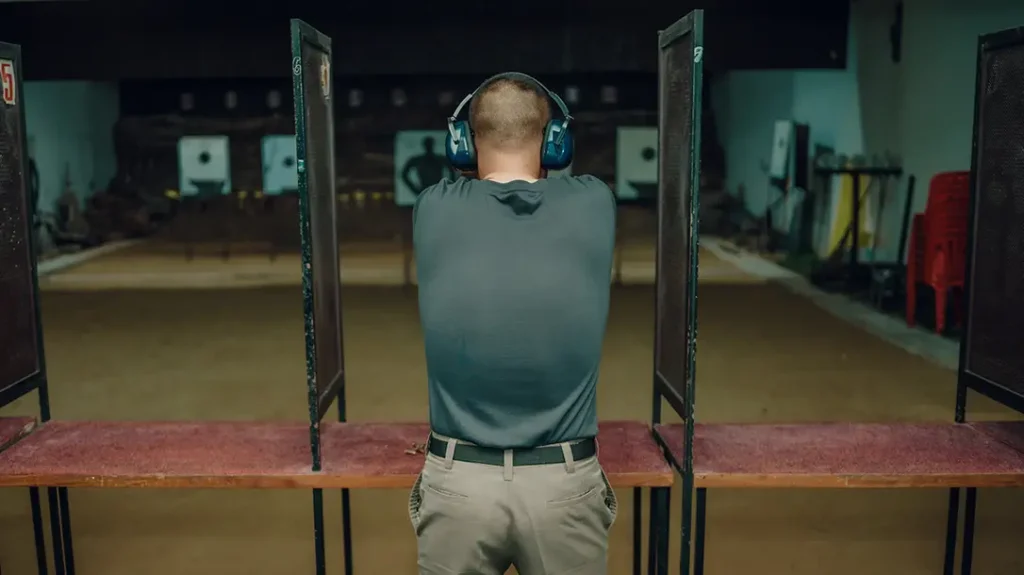
Advertisement — Continue Reading Below
Cease Fires
This process is different when you attend an outdoor range. An outdoor range requires a bit more work on your end. When a range safety officer gives an okay, you are required to walk to your target downrange, set it up yourself, and walk back to your booth. During these times, all participants are required to stand behind a line away from all unloaded firearms. Every so often, this process will be repeated, allowing each shooter to walk downrange and inspect their target.
While this is a good way to incorporate your daily walk into your routine, I can see how it can get a bit annoying with all the interruptions. Granted, it is all for the safety of others, so I can understand why they do this. You do not need to worry about this at an indoor range and can check your target whenever without disturbing other shooters. Indoor ranges cater mainly to paper targets, while outdoor ranges allow paper and even steel targets.
Weighing the Options -The Range Debate – In or Out
Outdoor ranges offer a wider variety of firearms for shooting, whereas most indoor ranges are primarily geared towards handguns, with some also allowing the use of rifles and shotguns. Some indoor ranges have restrictions on the type of ammo you are allowed to use compared to outdoor ranges that are typically more relaxed about ammunition. If you are unsure, it never hurts to ask. You never want to accidentally bring the wrong type of ammo that is not allowed in the first place.
Advertisement — Continue Reading Below
For training purposes, environment matters. Indoor gun ranges offer a more versatile training experience. Many indoor ranges allow you to control lighting, have strobe lighting, and set a series of intervals on how the target moves. However, sometimes you need to embrace the elements to simulate the real world, which is what outdoor ranges can offer you.
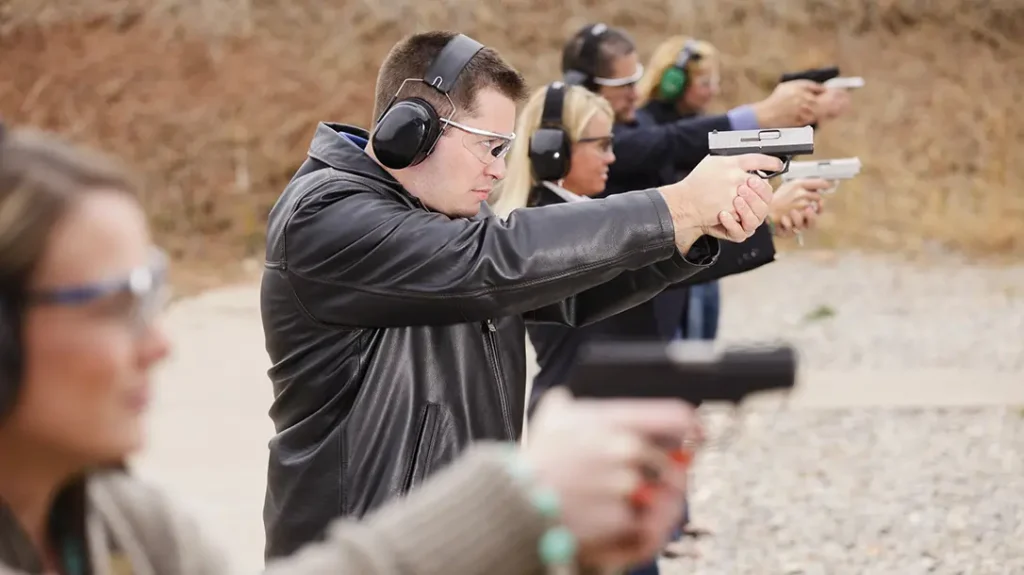
Guns are Loud
Guns are loud tools. Yes, wearing the proper earwear will save your ears in the long run. But they are still loud even when taking the proper precautions. Sound is measured in decibels, and anything above 70 decibels may damage your hearing, while noises above 120 dB can immediately harm your ears.
Advertisement — Continue Reading Below
Outdoor ranges are less harmful to your hearing compared to indoor ranges. Once again we have the range debate. The sound has more room to dissipate outside. In an indoor range, you are in an enclosed area, making it easier for noise to deflect off flat surfaces. That is not to say that indoor gun ranges do not take the proper precautions to help ward off sound. Ranges indoors will soundproof the room with foam padding enclosed around them to help control noise.
Parting Shots
My first time shooting was at my grandfather’s property. My second time shooting was at a legit outdoor range. Eventually, I worked my way up to head into an indoor range. Through my own experiences, I witnessed the differences .I was able to note the similarities and form my own opinion on what I preferred.
I will choose outdoor gun ranges all day long, as long as the conditions allow it. As a picky gal, the weather conditions must meet my standards. However, the weather doesn’t always cooperate. Indoor ranges are great for days when I want to be inside a climate-controlled building.
The Range Debate – In or Out
My advice to a new shooter is to begin at an outside range. Being outside provides a calmer atmosphere, being less hectic and loud. Loudness was a big factor for me when shooting. I despise loud noises, and indoor gun ranges were not the correct environment for me to converse with when I needed to ask questions or for help. I started my journey outside and am thankful I did. It was the best environment for me to get the most comfortable around firearms.
Each range has its pros and cons and the range debate is real. Each is a place where you can have fun, learn some life lessons, and remain safe with fellow shooters. At the end of the day, it comes down to each person’s preference. We all have different comfort levels, and it is essential to find what suits and works best for you. You never know your favorite location or setting until you give both shooting range environments a try.



